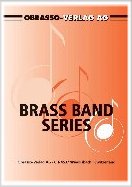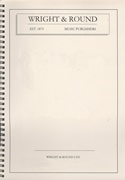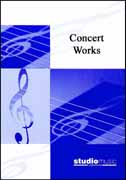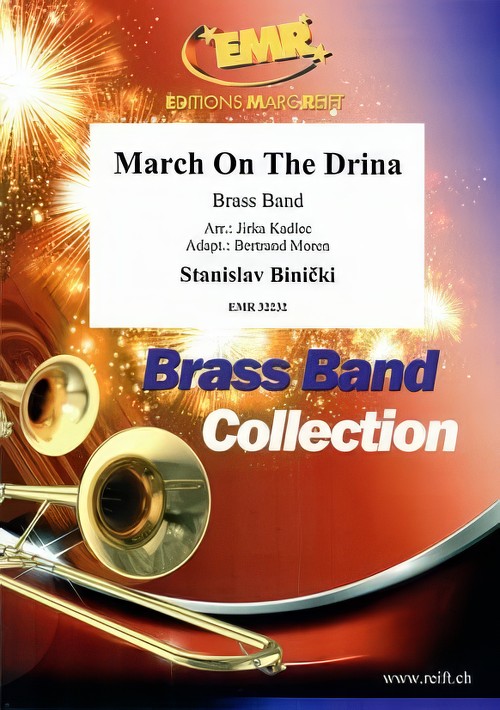We've found 1000 matches for your search. Order by
Results
-
 £38.80
£38.80MARCH OF THE 13th REGIMENT (Brass Band Marchcard) - Jaeggi, Stephan - Woodfield, Ray
Grade: medium
Estimated dispatch 7-14 working days
-
 £40.00
£40.00 -
 £26.50
£26.50March of the Peers (Brass Band - Score and Parts) - Sullivan, Arthur
-
Estimated dispatch 7-14 working days
-
 £37.95
£37.95MARCH OF THE TOYS (Hanmer) (Brass Band) - Herbert, Victor - Hanmer, Ronald
Recorded on Polyphonic QPRL084D Light as Air
Estimated dispatch 7-14 working days
-
 £75.00
£75.00March on the Drina (Brass Band - Score and Parts) - Binicki, Stanislav - Kadlec & Moren
Duration: 3.00
Estimated dispatch 7-14 working days
-
 £42.70
£42.70March to the Quarry (Brass Band - Score and Parts) - Schiltknecht, Hans-Peter
Marchcard size
Estimated dispatch 7-14 working days
-
 £58.60
£58.60MARCH TO THE SCAFFOLD (Brass Band) - Berlioz, Hector - Barry, Darrol
Medium/Advanced
Estimated dispatch 7-14 working days
-
 £26.50
£26.50 -
 £26.50
£26.50 -
 £26.50
£26.50
